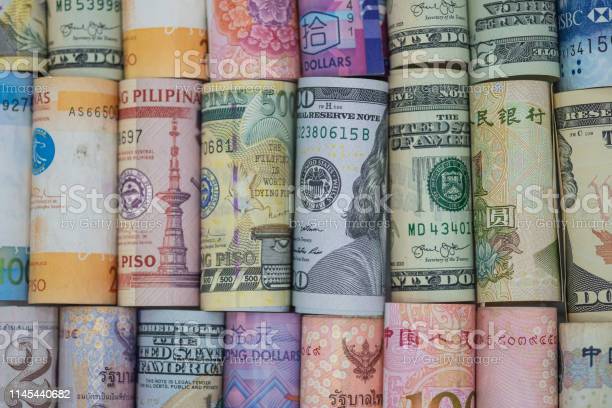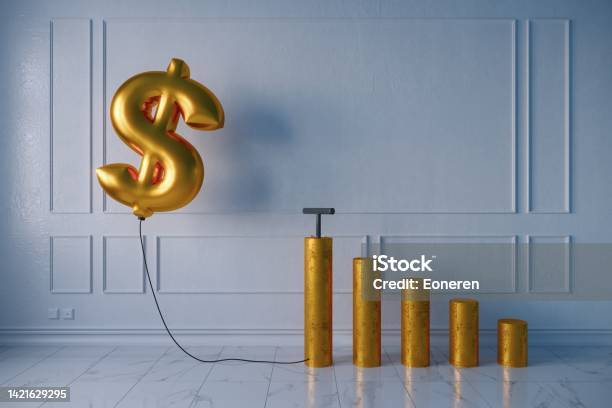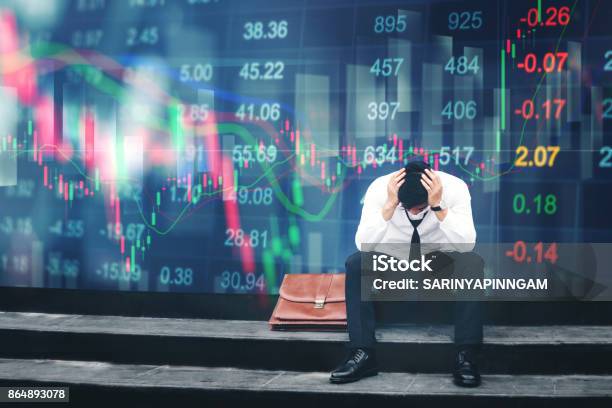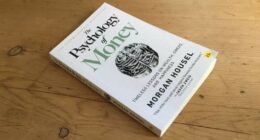Forex Brokerage Fees
The vast majority of forex brokers do not charge commissions. GFT Forex Brokers, like other forex brokers, are compensated based on the profits they make from currency trading. This money is earned through purchasing, selling, converting, and keeping currencies. It is also derived through deposit interest and rollover fees.
Many consumers are likely to be interested in how brokers operate without paying commissions. The forex dealer functions similarly to a middleman. We should consider the case of a bread mediator. After obtaining bread at a “wholesale” price, he sells it at a “retail” price. As a result, a baker can inquire of the middleman about the price at which he would buy bread. Assume the middleman quotes $1 and agrees to pay $1 per loaf.
On the opposite side of the situation, suppose you just completed his last cut of bread, and you needs another portion. So you hit up the neighborhood mediator, and ask him the amount he will sell you (a client) a portion of bread for. Furthermore, he cites the cook $1.25. That sounds sensible, so you advise him to drop one off for you.
In this case, neither the baker nor you, the customer, were charged a commission by the bread middleman. Rather he purchased at one cost and sold at another. He will allow you to purchase from him at $1.25, and let you offer to him at $1. Therefore, the baker checks the middleman’s sell price each time he has bread to sell. Additionally, you check the purchase price whenever you want to purchase bread.
In exchanging, this is known as the “bid” and “inquire”. The bid is the value you can sell at, and the ask is the value you can purchase at.
Considering forex intermediary commissions, the forex vendor will allow the merchant to purchase from him at 1.1971 and will allow the dealer to offer to him at 1.1967. The distinction 0.0004 is known as the spread. Additionally, the forex “middleman” makes money from this spread.
In the event that the broker were to purchase at 1.1971, the moment the merchant purchases, he is “down” 0.0004, since, in such a case that the dealer looked for from the exchange, the best value he could sell it for is 1.1967. So as the forex vendor takes differing exchanges from individuals, each trading, he can bring in cash from this cost hole. Every base addition, 0.0001 is alluded to as a “pip”. So the spread in this model is 4 pips. With regards to dollars, for a forex agreement of $100,000, this exchange would cost you $40 ($100,000 x 0.0004) or 4 pips. Therefore, the trader will discover that some businesses will advertise spreads of three pips on certain currencies and up to five on others. When trading forex, the spread matters more than anything else.








